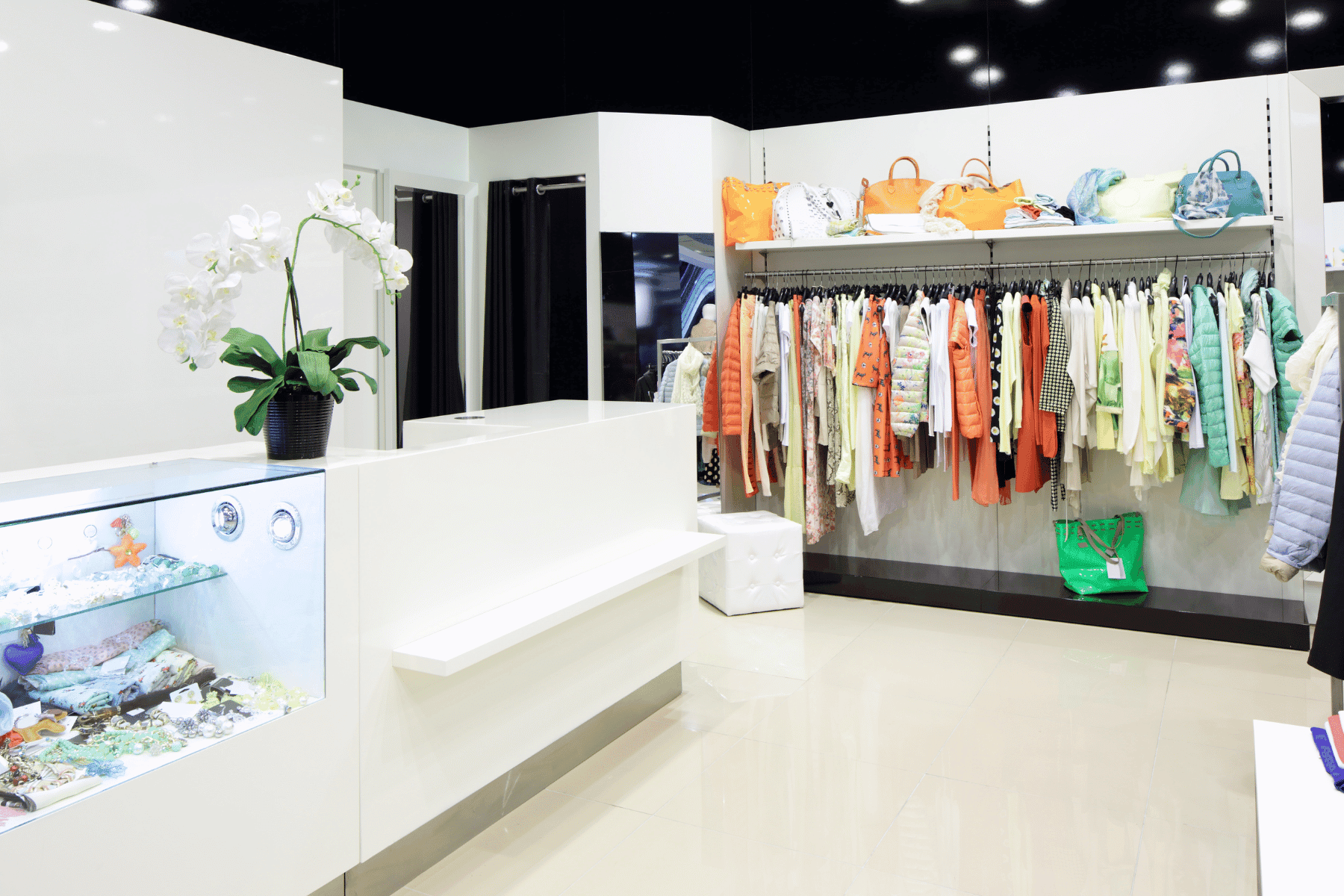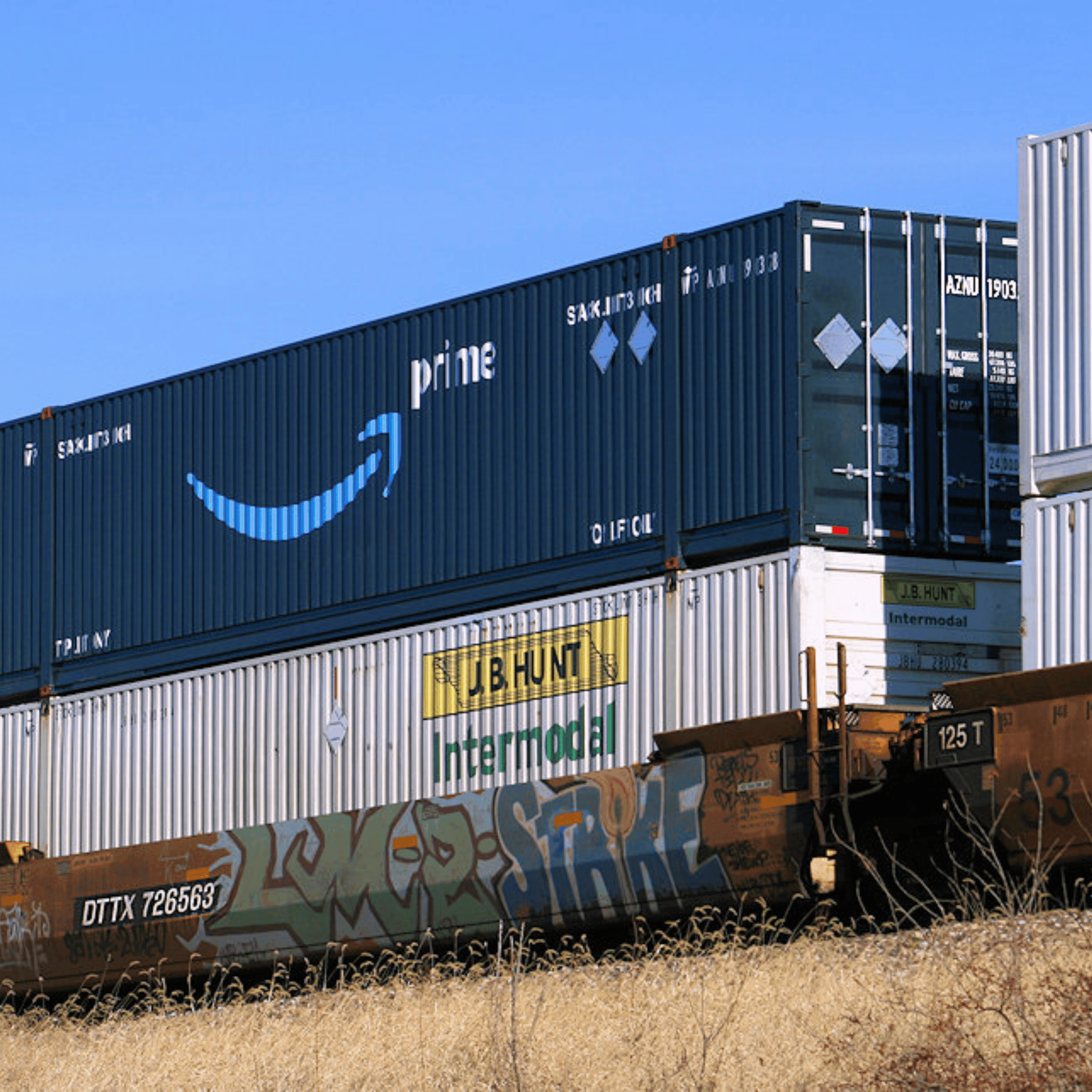In an era dominated by technology, retailers are continuously searching for ways to redefine the shopping experience for the modern consumer. Enter “phygital” retail—a term that seamlessly merges the physical and digital realms, offering an integrated shopping experience. But what exactly is it? Why are retailers turning to this model, and could it indeed be the future of retail and ecommerce? Let’s dive in.
What is Phygital Retail?
Phygital retail is a term derived from combining “physical” and “digital”. It refers to a business model that integrates physical store operations with digital technologies. This isn’t merely about having both a brick-and-mortar store and an online platform, but rather about blending the two to provide a cohesive and enriched shopping journey.
Think of it as walking into a store where you can use augmented reality (AR) to try on clothes, use touch-screen kiosks to read reviews, or even check out via a mobile app without ever interacting with a cashier. Phygital retail is about transcending the limitations of each individual channel to leverage the strengths of both.
Why is Phygital Used?
The rise of the phygital approach can be attributed to several factors:
Changing Consumer Behavior
Modern consumers are more tech-savvy than ever. They demand immediacy, personalization, and convenience. By integrating digital elements into the physical shopping space, retailers can cater to these demands more effectively.
Competition with Pure E-commerce Players
Traditional retailers face intense competition from online-only merchants. By adopting phygital strategies, they can offer unique in-store experiences that e-commerce platforms can’t replicate, such as AR try-ons or in-store events.
Data Collection and Personalization
Digital integration within physical stores allows retailers to gather valuable customer data. This data can be used to understand purchasing behaviors, optimize store layouts, personalize marketing efforts, and enhance the overall shopping experience.
Operational Efficiency
Digital technologies can streamline various store operations. For instance, smart shelves can notify staff when inventory runs low, or robots can assist in restocking, ensuring optimal efficiency.
The Future of Retail and Ecommerce
There are several reasons why phygital could be the dominant model in the future of retail and ecommerce:
Enhanced Customer Experience: By offering a seamless blend of tactile shopping with the convenience of digital technology, phygital retail can create memorable and immersive shopping experiences.
Flexibility in Shopping: Consumers can choose how they want to engage. They can start their shopping journey online and complete it in-store, or vice-versa.
Sustainability: With features like virtual try-ons, consumers can make more informed choices, potentially reducing returns and waste. Moreover, with the integration of data analytics, retailers can optimize inventory, leading to fewer unsold goods.
Localizing the Global Market: Phygital solutions can allow global brands to cater to local audiences more effectively. For instance, digital in-store signage can change languages based on the demographic, or virtual inventory can align with local tastes.
Resilience: The recent pandemic has showcased the importance of having a diversified retail approach. Phygital retailers can pivot more easily between their physical and digital operations based on circumstances, ensuring business continuity.
Conclusion
As the lines between the digital and physical worlds continue to blur, the phygital approach offers an enticing proposition for both consumers and retailers. By creating dynamic, flexible, and personalized shopping environments, phygital retail doesn’t just reflect the future—it’s actively shaping it.
For retailers, it’s not just about adopting new technologies, but reimagining the entire shopping journey. As we move forward, those who can successfully integrate the tactile satisfaction of in-store shopping with the convenience and intelligence of digital experiences are likely to lead the pack.






